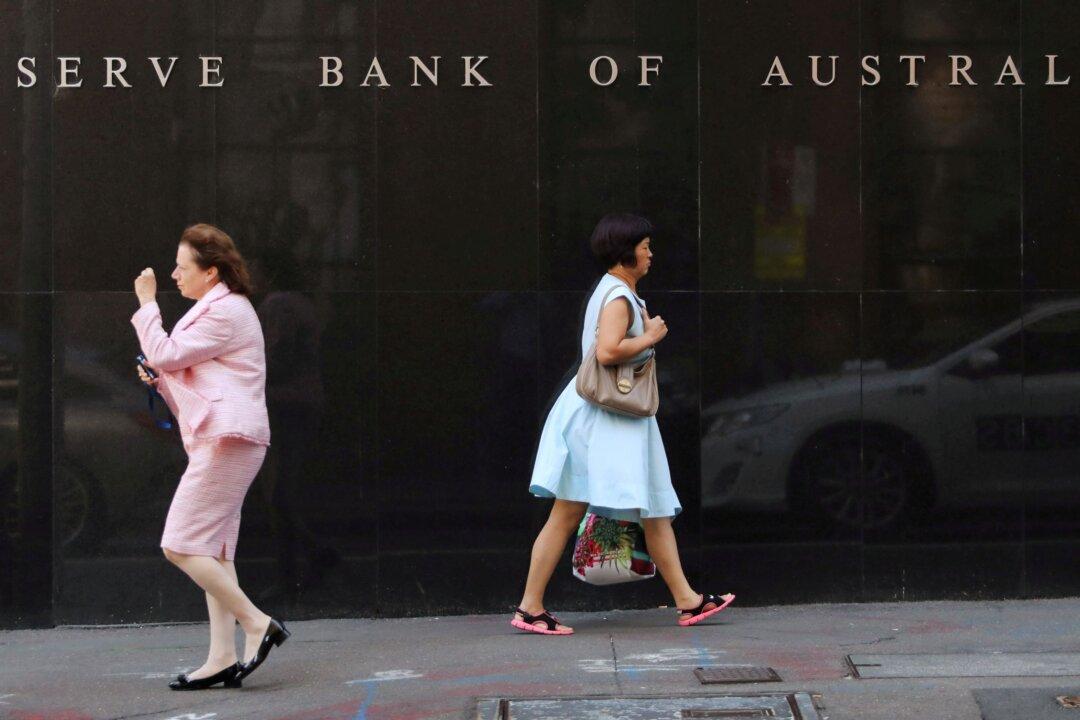The U.S. Federal Reserve announced on Sept. 18 that it would cut interest rates by half a percentage point. This move has been a big relief for financial and commodity markets but has added more pressure on the Reserve Bank of Australia (RBA) to bring forward its own plans for rate relief.
As many as ten key central banks have been trimming their key interest rates since last year, including those in the United States, the UK, Canada, the European Union, and New Zealand.





